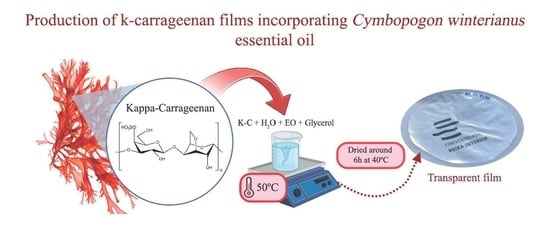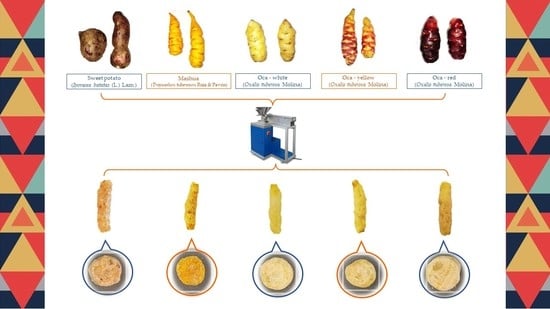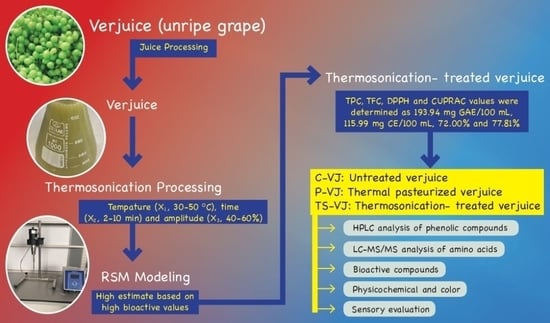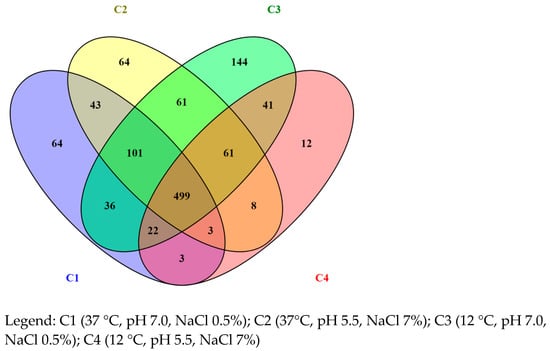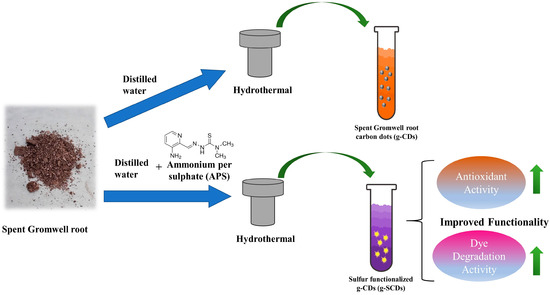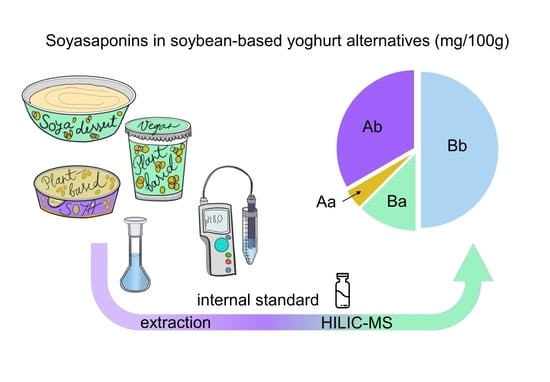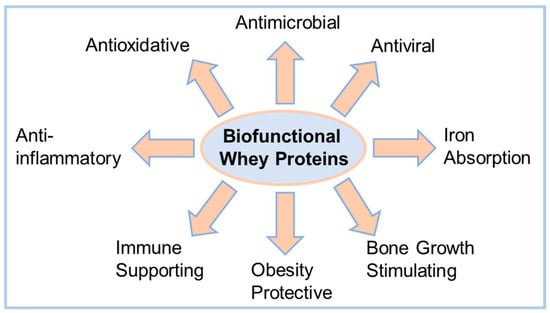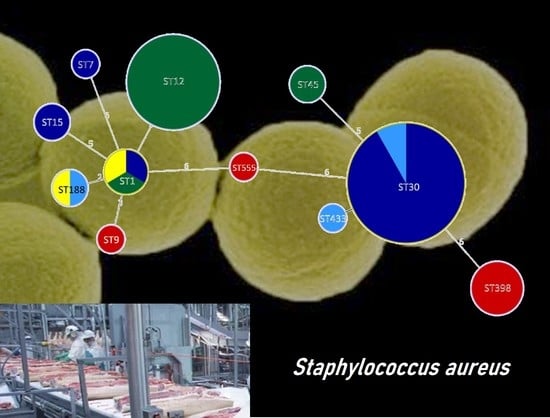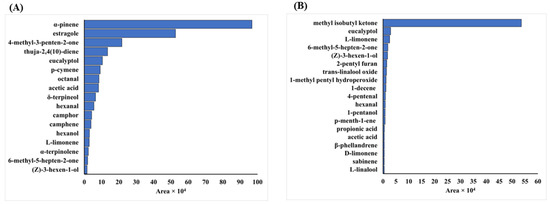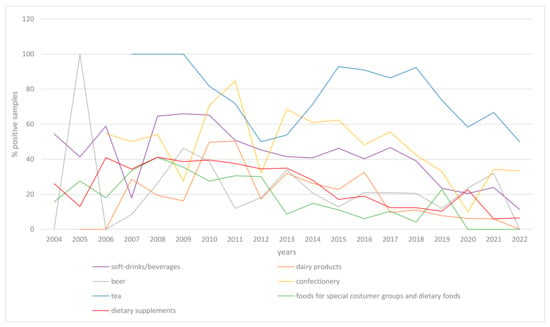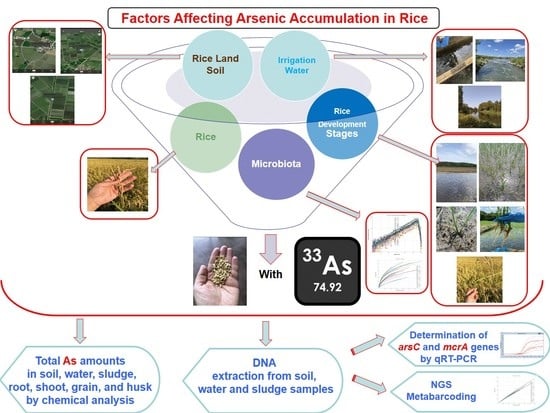Foods 2023, 12(11), 2169; https://doi.org/10.3390/foods12112169 - 27 May 2023
Cited by 21 | Viewed by 5158
Abstract
The global production of synthetic plastics from petroleum-based raw ingredients exceeds 150 million metric tons. The environment is threatened by tons of plastic waste, thus endangering wildlife and the public’s health. These consequences increased the interest in biodegradable polymers as potential substitutes for
[...] Read more.
The global production of synthetic plastics from petroleum-based raw ingredients exceeds 150 million metric tons. The environment is threatened by tons of plastic waste, thus endangering wildlife and the public’s health. These consequences increased the interest in biodegradable polymers as potential substitutes for traditional packaging materials. This study aimed to produce and characterize k-carrageenan films incorporating Cymbopogon winterianus essential oil, in which citronellal was determined to be the major compound (41.12%). This essential oil presented remarkable antioxidant activity, as measured through DPPH (IC50 = 0.06 ± 0.01%, v/v; AAI = 85.60 ± 13.42) and β-carotene bleaching (IC50 = 3.16 ± 0.48%, v/v) methods. The essential oil also showed antibacterial properties against Listeria monocytogenes LMG 16779 (diameter of inhibition zone = 31.67 ± 5.16 mm and MIC = 8 µL/mL), which were also observed when incorporated in the k-carrageenan films. Moreover, scanning electron microscopy showed the reduction of the biofilms of this bacterium, and even its inactivation, due to visible destruction and loss of integrity when the biofilms were created directly on the developed k-carrageenan films. This study also revealed the quorum sensing inhibition potential of Cymbopogon winterianus essential oil (diameter of violacein production inhibition = 10.93 ± 0.81 mm), where it could impede intercellular communication and, hence, lower violacein synthesis. The produced k-carrageenan films were transparent (>90%) and slightly hydrophobic (water contact angle > 90°). This work demonstrated the viability of using Cymbopogon winterianus essential oil to produce k-carrageenan bioactive films as new food packaging materials. Future work should focus on the scale-up production of these films.
Full article
(This article belongs to the Special Issue Essential Oils: Chemistry and Food Applications)
►
Show Figures
